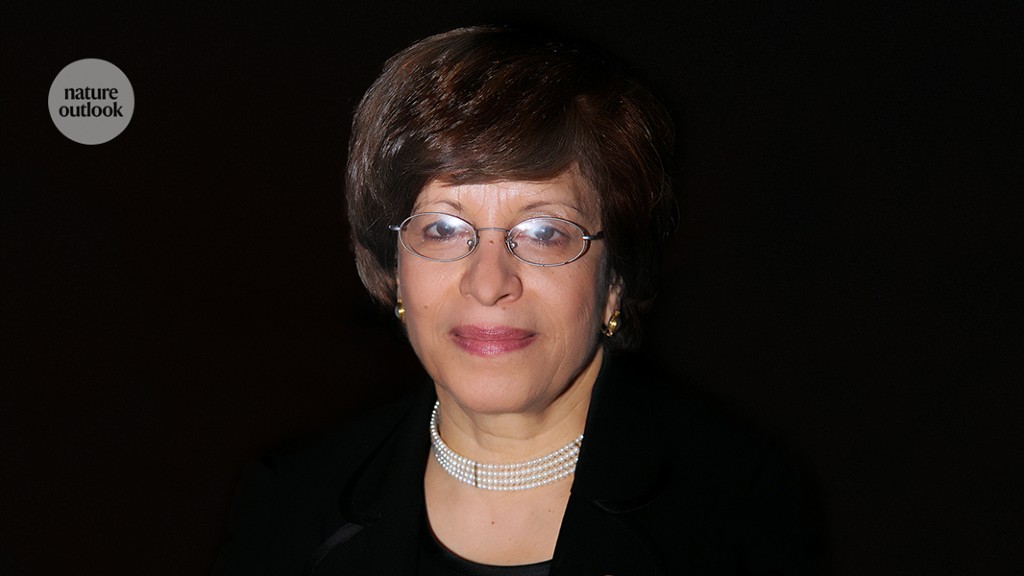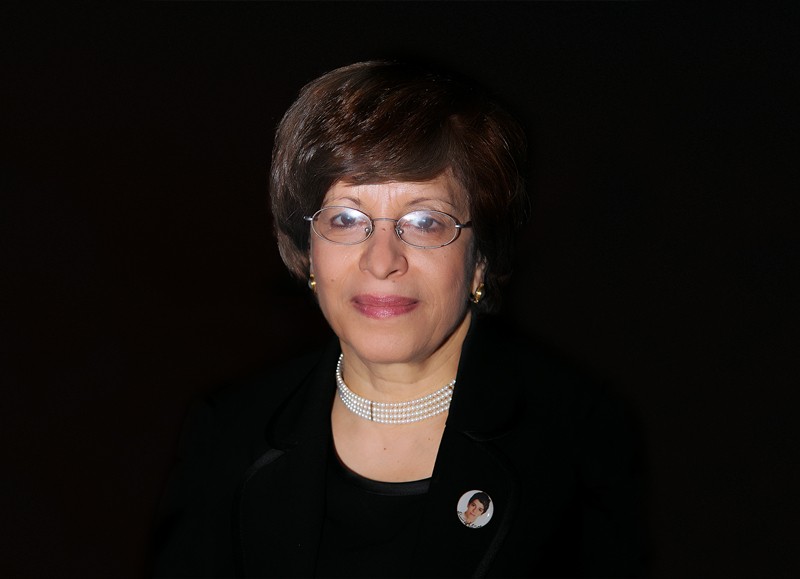The Middle East is something of a hub for sickle-cell disease, with as much as 2.6% of the population in some areas living with the genetic disorder. Adlette Inati is a clinical haematology specialist at the Lebanese American University in Byblos. She is also president of the Georges Nassim Khoriaty Foundation, which supports people with sickle-cell disease in Lebanon. She spoke to Nature about the disease’s epidemiology in the Middle East and why genetic screening might be particularly beneficial in this region.
How is sickle-cell disease different in the Middle East from in other parts of the world?
The disease is most common in sub-Saharan Africa, where as many as 45% of people are carriers. It has become so widespread there because being a carrier offers a survival advantage against malaria. The Middle East doesn’t really have a malaria problem, and the overall sickle-cell carrier rate is low. But that’s not true everywhere — in some areas, the number of carriers is worryingly high. In parts of Saudi Arabia, for instance, the carrier rate reaches 27%.
There are geographical clusters in a number of countries. In Lebanon, the overall sickle carrier rate is 2.1%. But that rate spikes to 3.5% in the north, in Palestinian refugee camps and in the south. In Lebanon, the disease seems to have been brought into the country from surrounding Arab countries and from Africa through intermarriage.
What explains the high prevalence of sickle-cell disease in particular regions?
I see four reasons for increased prevalence: a high rate of marriages between people who are related (consanguinity); large families; a lack of effective disease prevention and awareness programmes; and a lack of patient-advocacy groups.
How are consanguineous marriages making the prevalence worse?
We think consanguinity is a significant driver of the disease in the Middle East. Prearranged marriages between first-degree cousins is a routine custom in certain countries in the Middle East. A 2018 study concluded that, in 2012, 35% of all marriages in Jordan were between people who shared a common ancestor, usually a grandparent (M. M. Islam et al. J. Biosoc. Sci. 50, 573–578; 2018). This has isolated the disease in communities and, consequently, amplified it. In short, the carrier rate might be low overall in the Middle East — but not in the clusters.
How did the sickle-cell gene find its way to the Middle East to begin with?
It might have arrived as a result of mixing between Middle Eastern and African populations. There’s also an Arab–Indian variant of the sickle-cell gene. It’s not clear whether this variant emerged in the Gulf or whether it originated in India and then travelled to the Middle East as a result of those populations mixing with each other.
How can sickle-cell disease be controlled in the Middle East?
First, I’ll say that the situation in the Middle East is much better than in Africa or India. Nevertheless, much still needs to be done, including improved education for community health-care providers, premarital screening and prenatal and neonatal diagnosis, coupled with early preventive care and treatment of disease complications. This can be achieved through a national sickle-cell disease plan led by medical experts, government, patient-advocacy groups and interested stakeholders. Lebanon will be starting this national plan very soon.
Is premarital screening effective?
Premarital screening for carriers is already mandated by law in Lebanon. In theory, that means two carriers who are about to get married could think again. If both parents are carriers of the gene, any children have a 25% chance of developing the disease, a 50% chance of being a carrier and a 25% chance of not inheriting the sickle-cell gene.
I don’t think it’s realistic to think that screening immediately before marriage will change much. For one thing, the results aren’t always given to the couple by a trained medical professional who can explain the implications. And if they do a test just before their wedding, it might be too late — they’re already in love. Do we expect two people who have committed to each other to cancel a wedding because they find out they’re both carriers of a genetic disease?
However, there are strong pressures in the Middle East for married couples to have their own biological children. That’s why I advocate carrier screening early on, when people are still in school, so they know their status long before they’re adults. That way, a carrier, if properly educated about the risks, can make the decision not to date another carrier if they see fit.
This strategy is appropriate specifically to the Middle East, because the wider carrier rate is low. In sub-Saharan Africa, where the carrier rate is very high, screening would be unlikely to add the same value as it would in the Middle East.
What’s the outlook for sickle-cell disease in the Middle East? Do you feel optimistic?
Yes, I feel encouraged that we’ll see progress because the condition is currently receiving a lot of attention after a period of neglect. I see so many new papers and clinical trials for new treatments. Ultimately, this research boon will improve the quality of life of people with sickle-cell disease — regardless of whether they live in the Middle East or Africa.






More News
Could bird flu in cows lead to a human outbreak? Slow response worries scientists
US halts funding to controversial virus-hunting group: what researchers think
How high-fat diets feed breast cancer